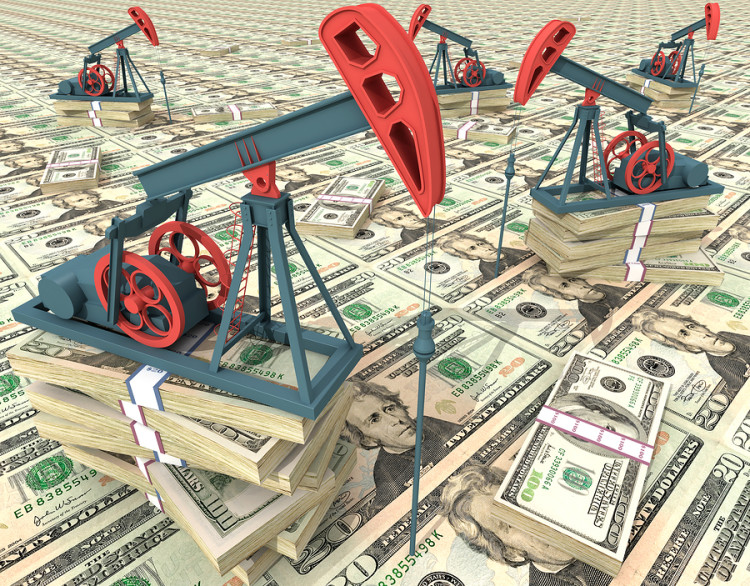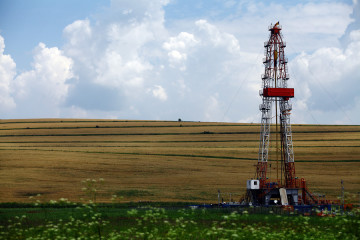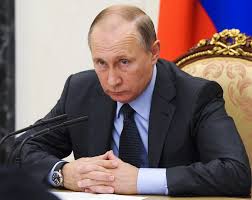If Oil Prices Have Hit Bottom, the Top May Not Be Too Far Away

©2016 Bloomberg News
O41FLP6S972G
(Bloomberg) — The top of the oil market may be closer than you think.
With Brent futures having bounced back to $40 a barrel, the International Energy Agency sees “light at the end of the tunnel,” and Goldman Sachs Group Inc. is spotting “green shoots.” Even so, many analysts warn that, like the failed rally last year, this recovery will sputter once prices go high enough to keep U.S. crude flowing.
“If prices keep going up, U.S. production from shale producers is extremely responsive,” Jamie Webster, vice president of crude markets at IHS Energy, said in a Bloomberg Television interview. “Falling U.S. production is the key dynamic you need to get supply to equal demand, and that might not actually happen,” meaning prices could fall again.
Brent futures have recovered about 40 percent from the 12- year low of $27.10 reached in January. With output outside the Organization of Petroleum Exporting Countries set for its biggest slump since 1992, “prices might have bottomed out,” according to the IEA. Yet world crude benchmarks may struggle to push past $50 a barrel this year as any further price recovery only delays the production cuts needed to balance the market, according to the median of a Bloomberg survey of nine analysts.
While U.S. crude production has retreated 5.5 percent since last summer, the process of depleting bloated inventories is just getting started, according to Goldman Sachs. The bank, which foresaw oil’s plunge into the $20s, predicts prices still need to stay low enough to starve producers of capital, otherwise the output losses necessary to remove the supply surplus won’t happen.
“An early rally in prices before a deficit materializes would prove self-defeating,” Jeffrey Currie, head of commodities research at Goldman Sachs in New York, said in a report on March 11.
The recovery “could throw a lifeline to U.S. producers” that would “limit oil production declines,” said Giovanni Staunovo, an analyst at UBS Group AG in Zurich.
Sustainable Price
The argument that $50 represents a ceiling for crude is flawed, according to Sanford C Bernstein & Co., which sees prices returning to $70 in the next year. The industry can’t stay profitable at current price levels, having lost $3 for each barrel produced last year even as companies squeezed costs, it said.
“The price of oil has to rise to balance the market in the medium run, and the medium run might be sooner than people think,” analysts including Bob Brackett in New York said in a report.
The rally could in any case sputter out before it even reaches the point that revives U.S. production, according to UBS’s Staunovo. Temporary price support from pipeline disruptions in Iraq will fade, while talks between OPEC and non- members on freezing supply while have little impact, he said. Iran still insists it won’t accept any freeze until it restores about 1 million barrels of exports now that sanctions have been lifted, Russian Energy Minister Alexander Novak said Monday following a meeting in Tehran.
Similar Trend
This year’s price trend is nonetheless similar to last year, IHS’s Webster said. West Texas Intermediate crude climbed 40 percent from late March 2015 as U.S. drilling plummeted, yet stalled near $61 that summer as the nation’s production kept going. The U.S. benchmark ultimately sank near $40 again by August.
The resilience of U.S. production has taken OPEC by surprise, Secretary-General Abdalla El-Badri said last month. Break-even prices at North American shale wells declined by 40 percent between 2013 and 2015, according to consultant Rystad Energy AS. Crude output remains near 9 million barrels a day even as data from Baker Hughes Inc. shows drillers are using the fewest rigs since 2009.
The reduction in costs makes OPEC’s forecast for a 700,000 barrel-a-day contraction in non-OPEC output this year “more uncertain,” the group said in its monthly oil-market report Monday.
As a result of efficiency gains, the “shale band” — the price range that allows output to be profitable — has fallen by about $10 since last year to $45-$55 a barrel, said Olivier Jakob, managing director at consultant Petromatrix GmbH, who originated the term. This year’s rally has already buoyed U.S. drillers, who raised $10 billion of extra funds on Wall Street.
There’s a cache of suspended wells stretching from south Texas to the Rocky Mountains that can be completed as soon as prices rise high enough, according to analysts at Bloomberg Intelligence. This reserve is known as the “fracklog,” in reference to the technique of hydraulic fracturing, or fracking, used by the shale industry.
“There’s a cap that has to do with when the high-cost frackers will come back in, at say $50,” Catherine Mann, chief economist at the Organization of Economic Cooperation and Development, said in a Bloomberg Television interview. “You’ve got frackers out there whose capacity to come into the market is very, very flexible. So there’s a range now.”
To contact the reporter on this story: Grant Smith in London at gsmith52@bloomberg.net To contact the editors responsible for this story: James Herron at jherron9@bloomberg.net Dylan Griffiths







No Comment